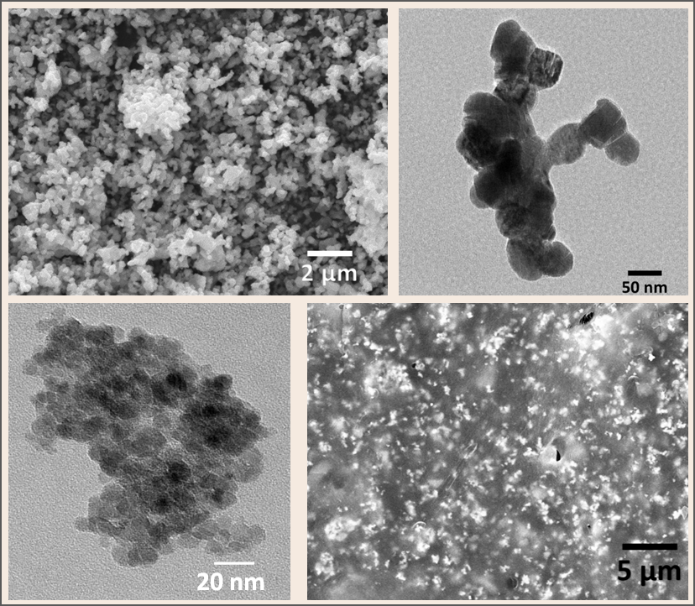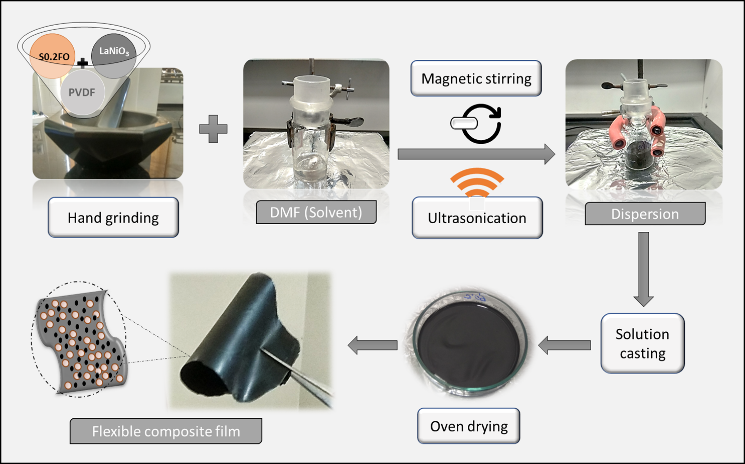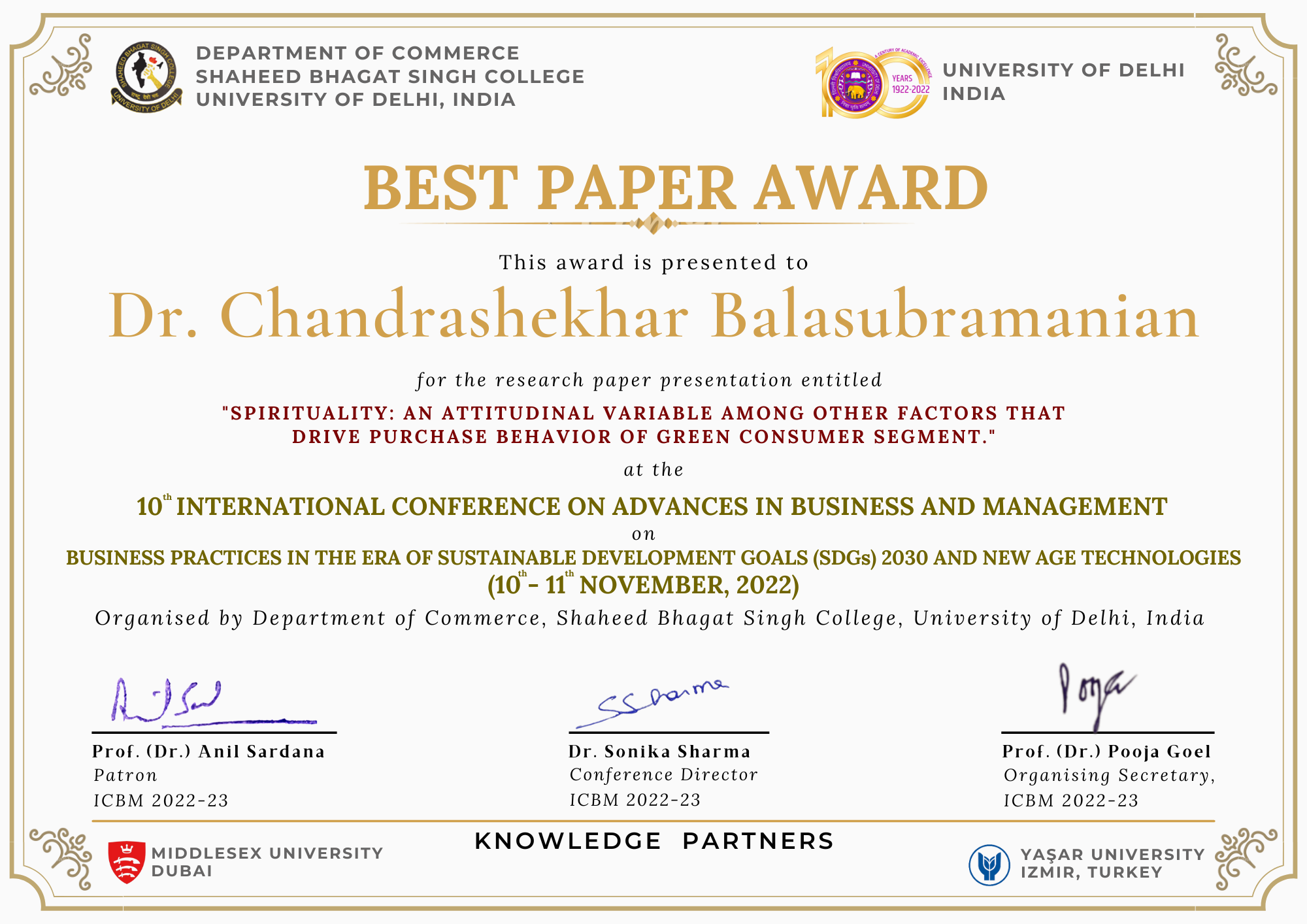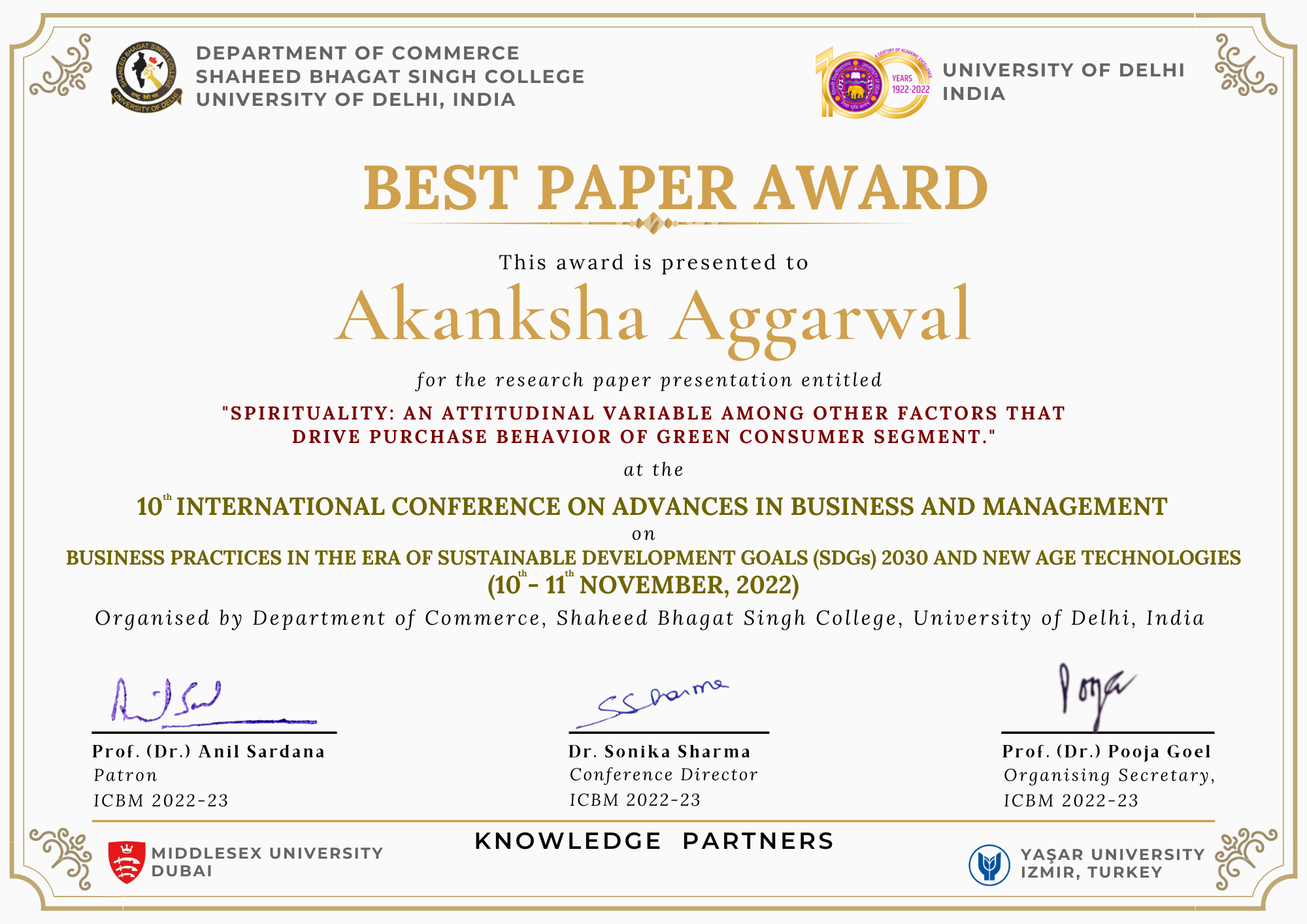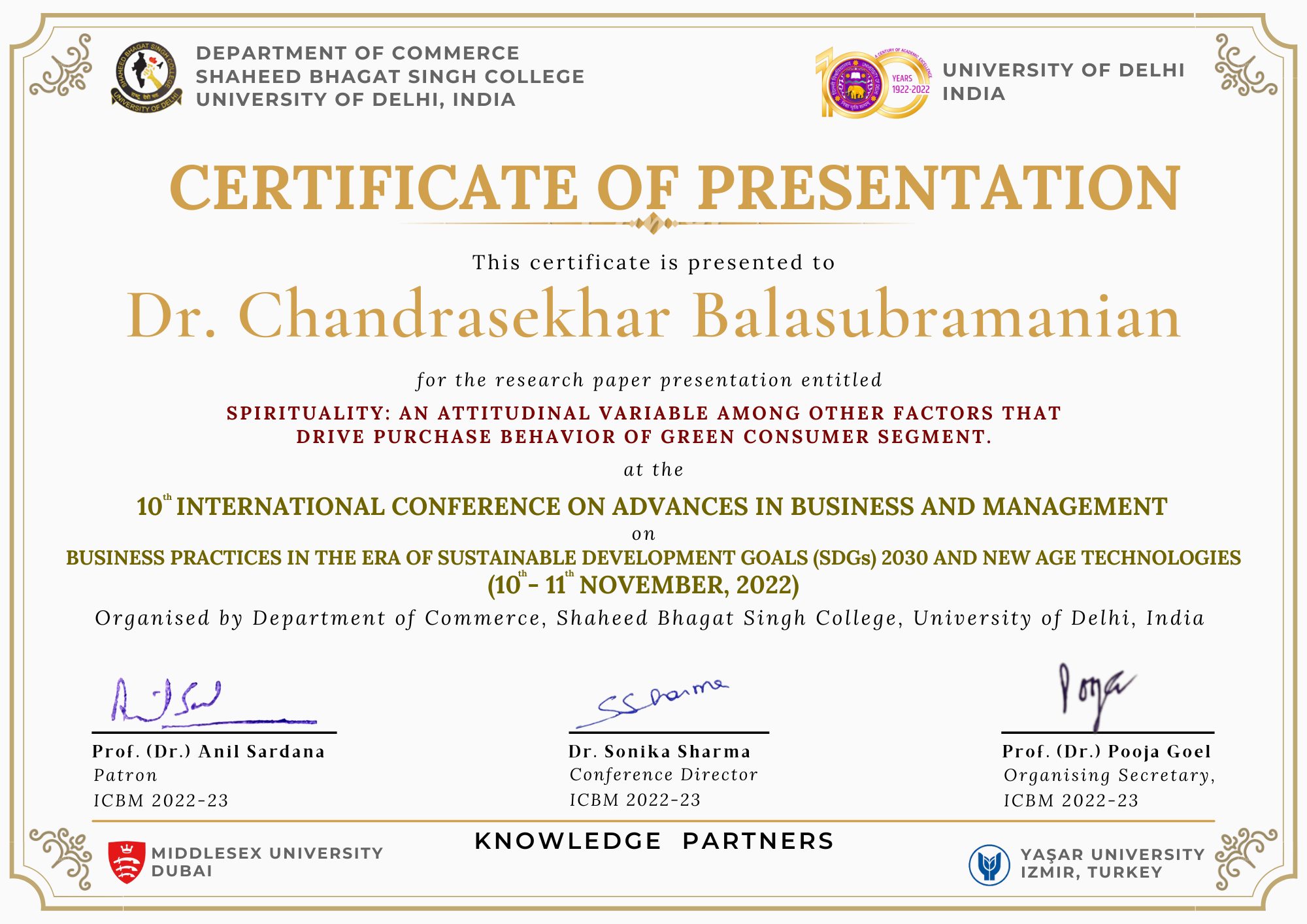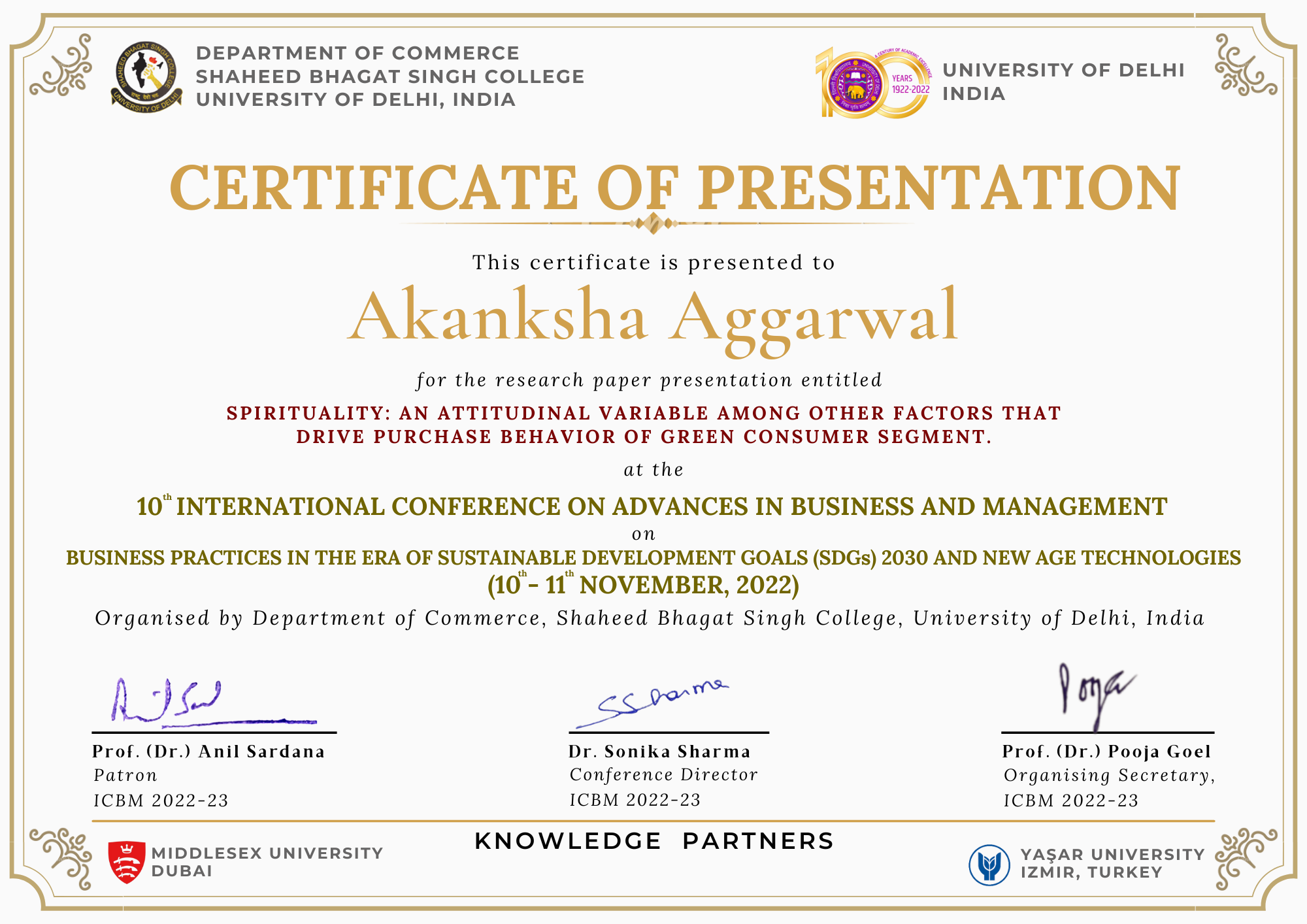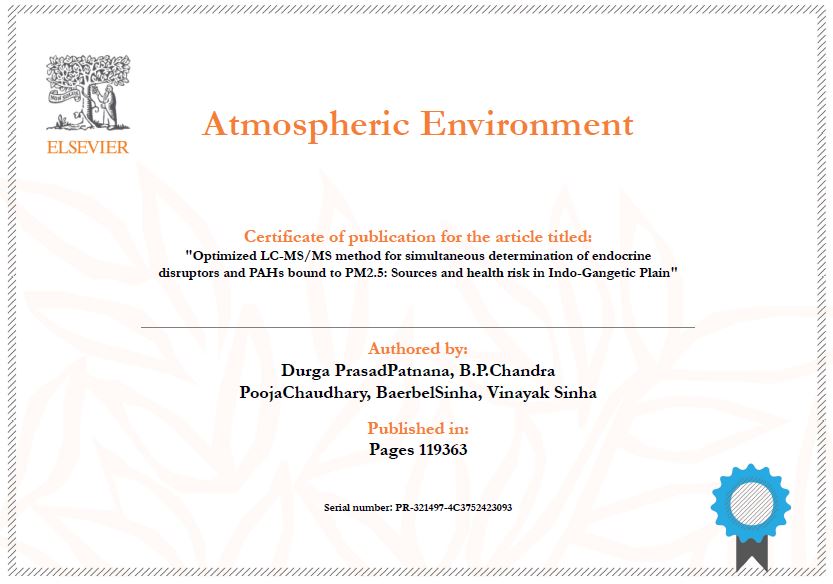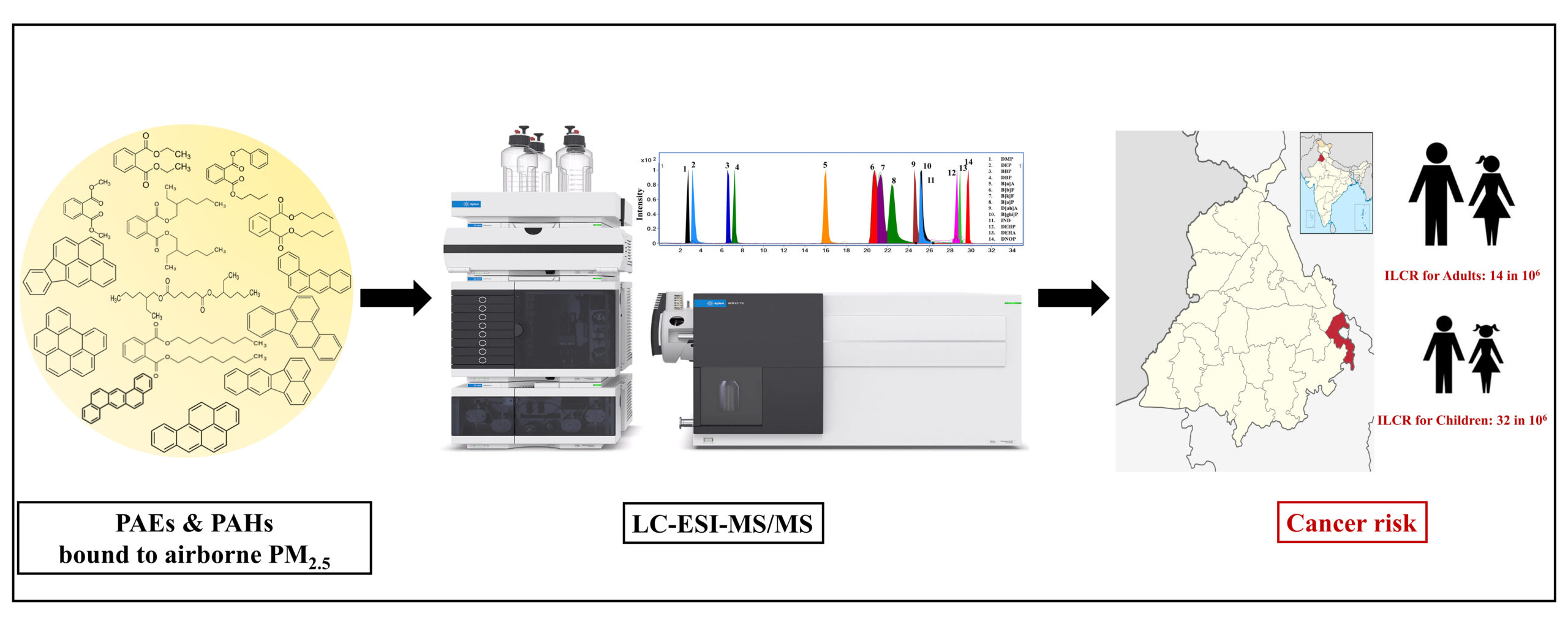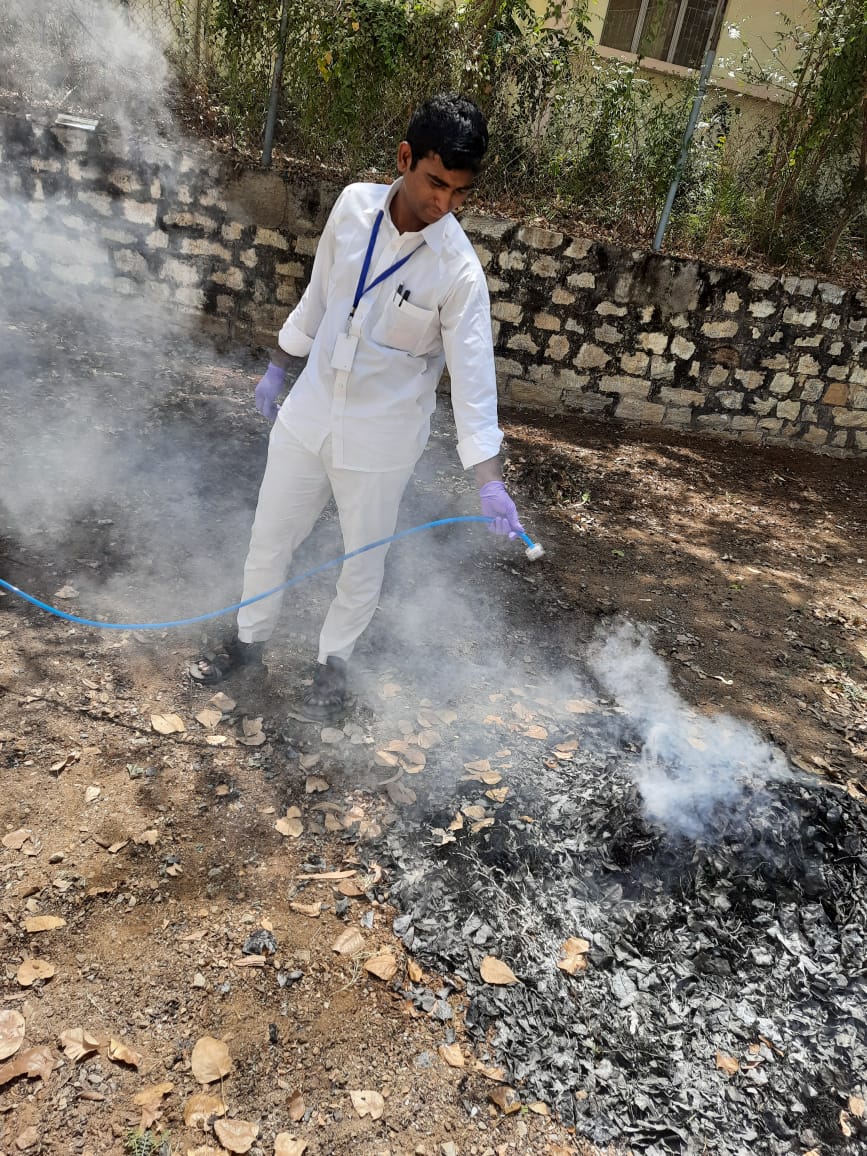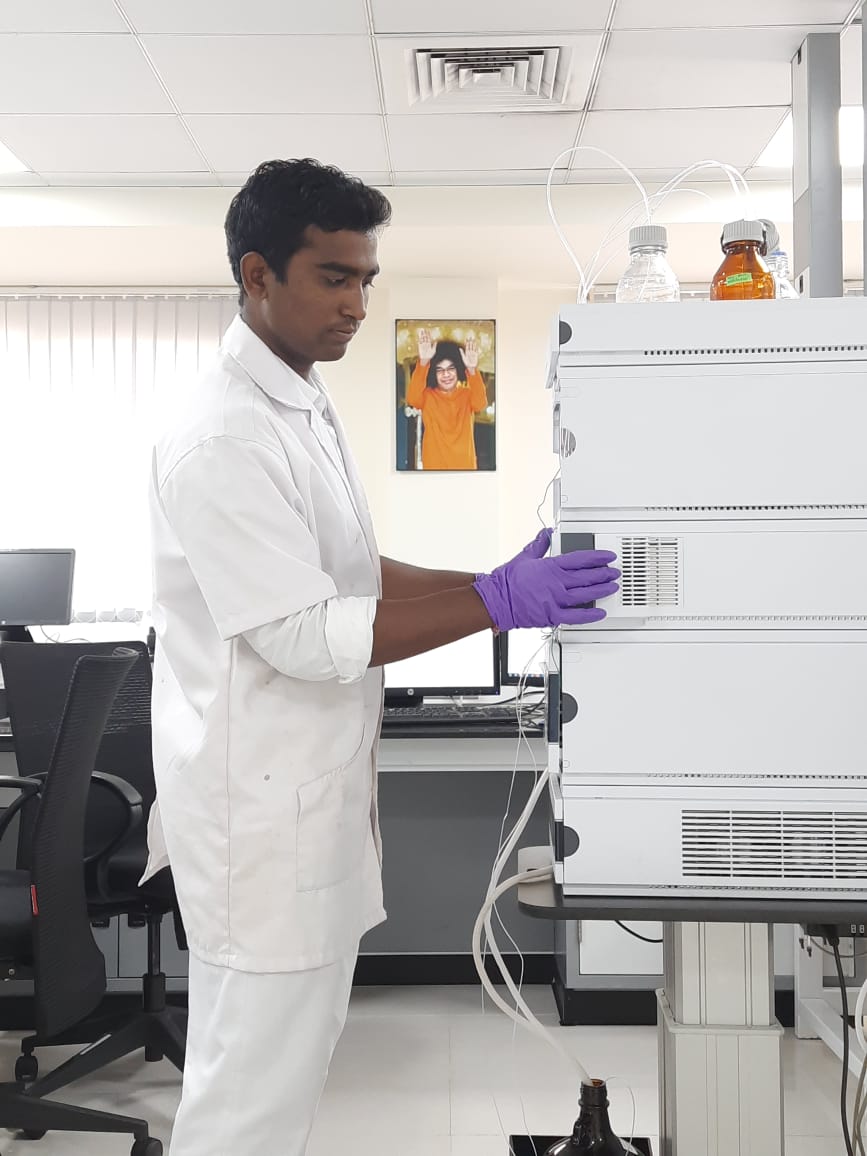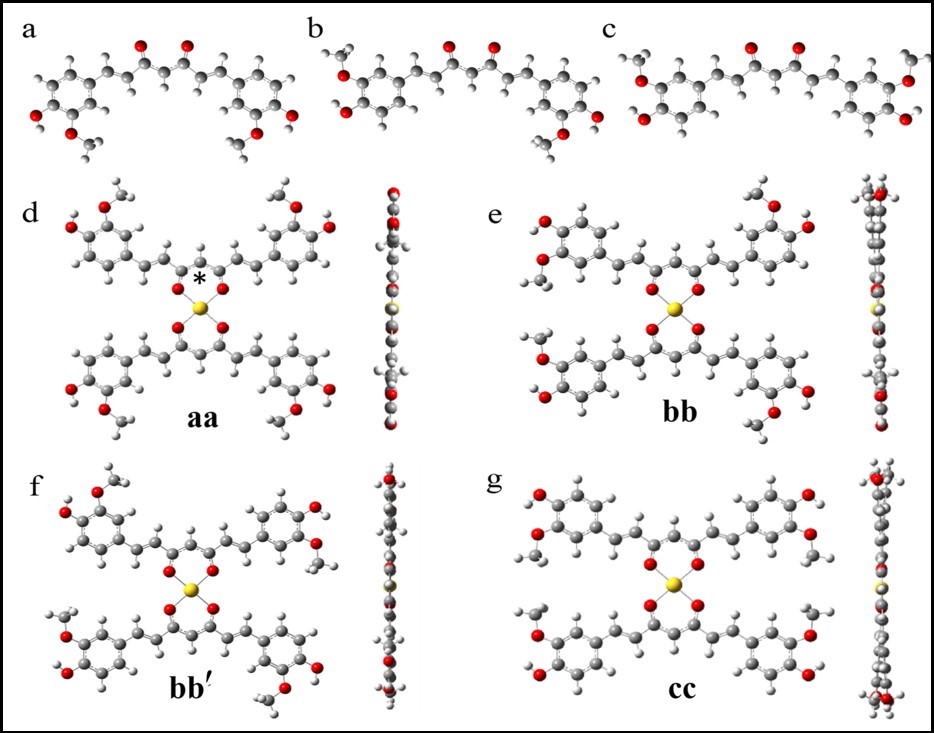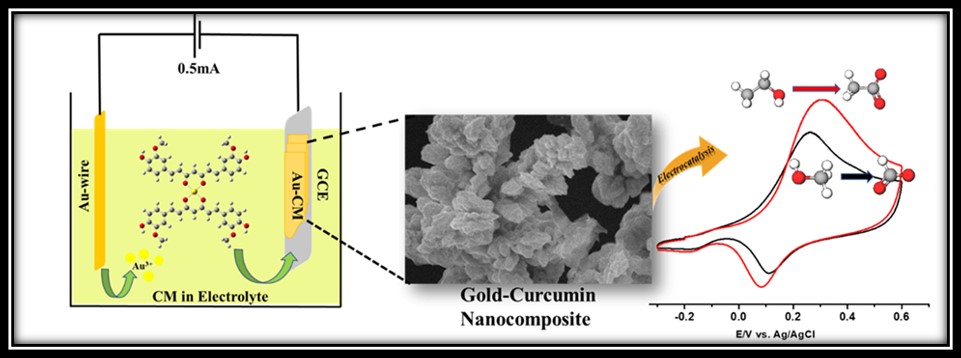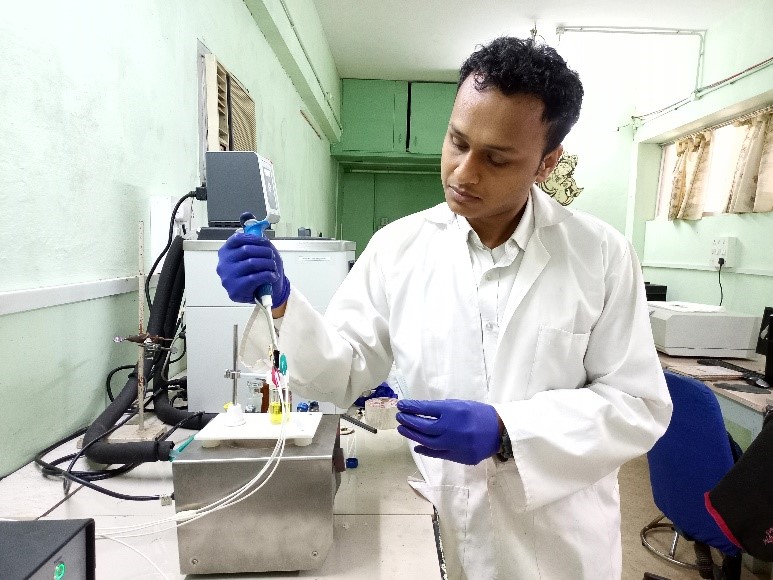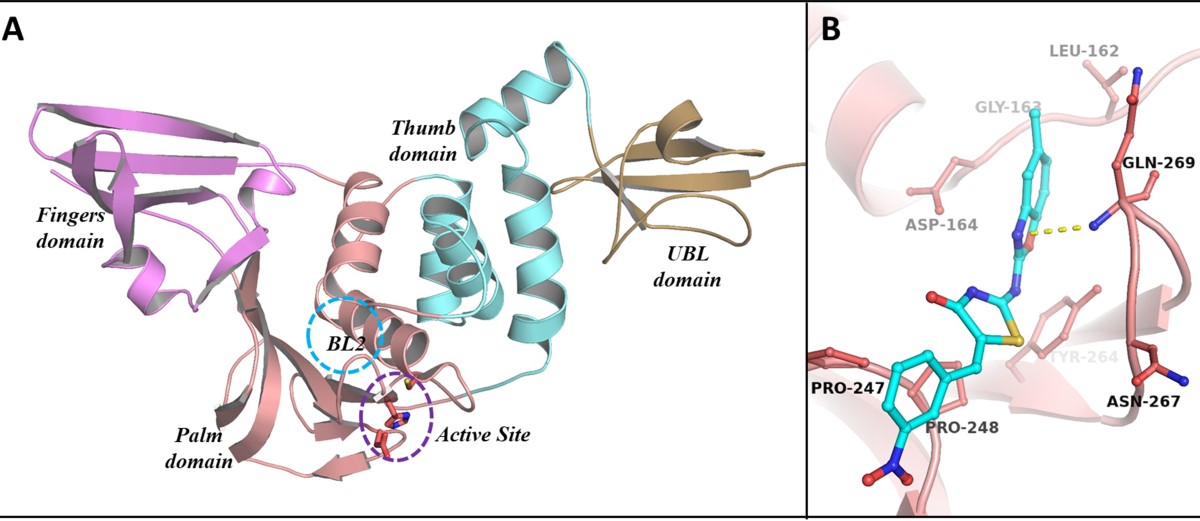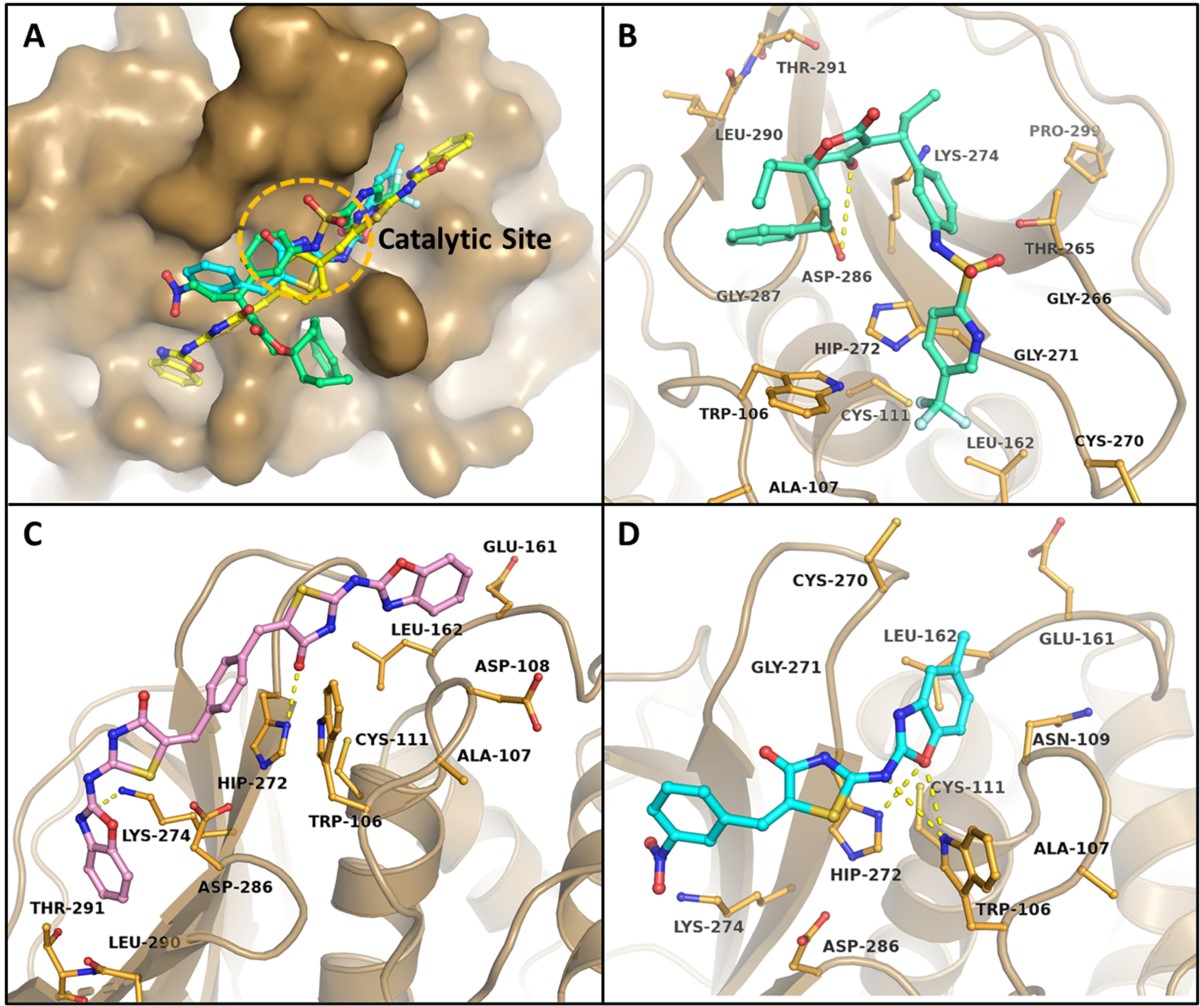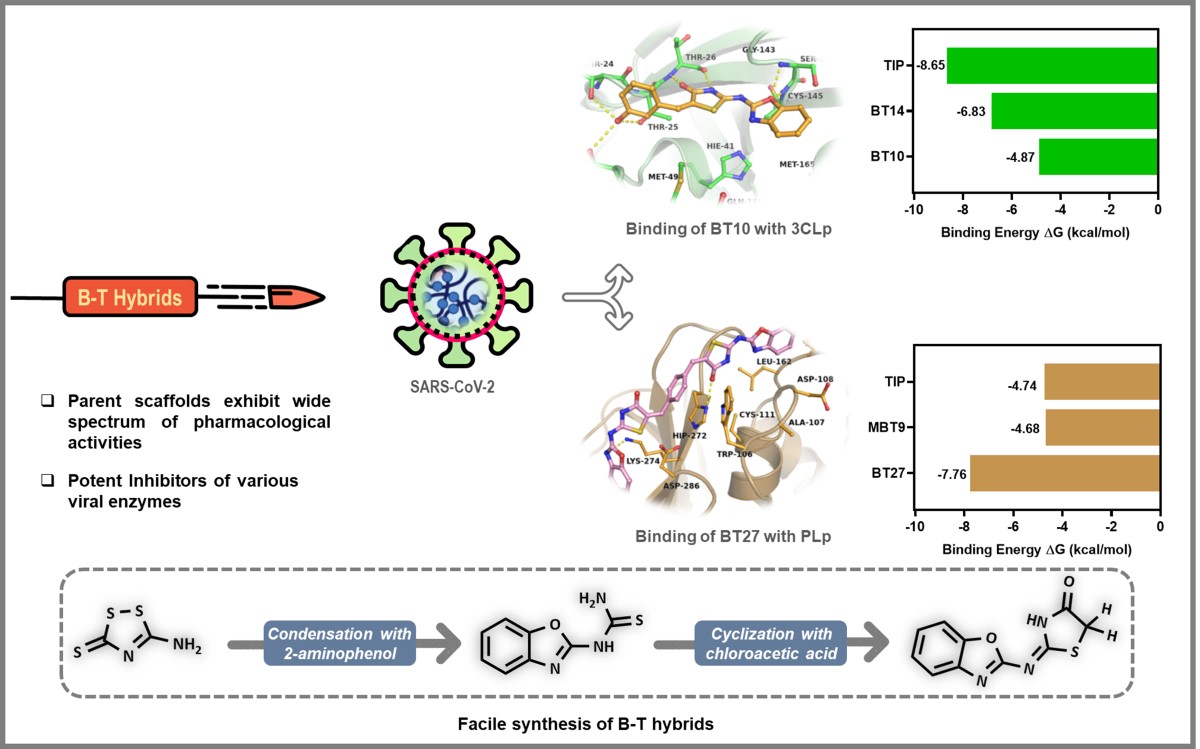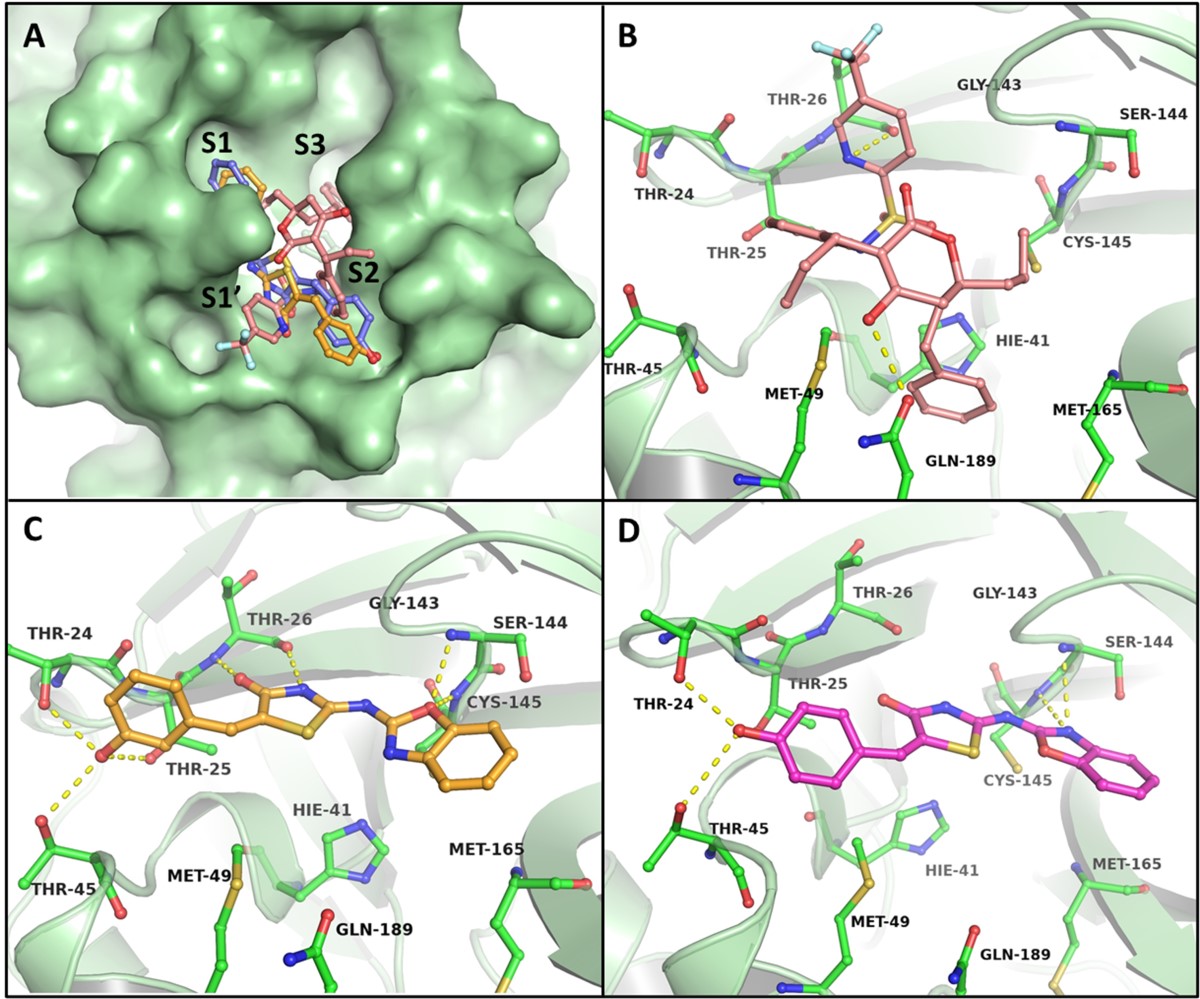Identifying the Issue
- Fabrication of lightweight and flexible films that exhibit a combination of good magnetic and dielectric properties
- Identification of electrical percolation threshold of LaNiO3-PVDF nanocomposite
- Enhancement of dielectric properties in ternary Sn2Fe2.8O4-LaNiO3-PVDF nanocomposites by optimization of LaNiO3 nanofiller.
Objective of the Research
- To synthesize tin-doped magnetite, Sn0.2Fe2.8O4 (S0.2FO) nanoparticles with highest saturation magnetization and examine the magnetic, and dielectric properties by dispersing them in PVDF polymer matrix
- To synthesize conducting LaNiO3 (LAN) nanoparticles, fabricate LAN-PVDF films, and investigate the electrical percolation threshold and the dielectric properties
- To enhance the dielectric behaviour of S0.2FO-PVDF films by the addition of LAN nanoparticles
Who should read this?
Materials researchers, nanotechnologists, anyone working in magnetic, dielectric, energy storage, microelectronics, microwave devices, magnetic separation and sensing industries


